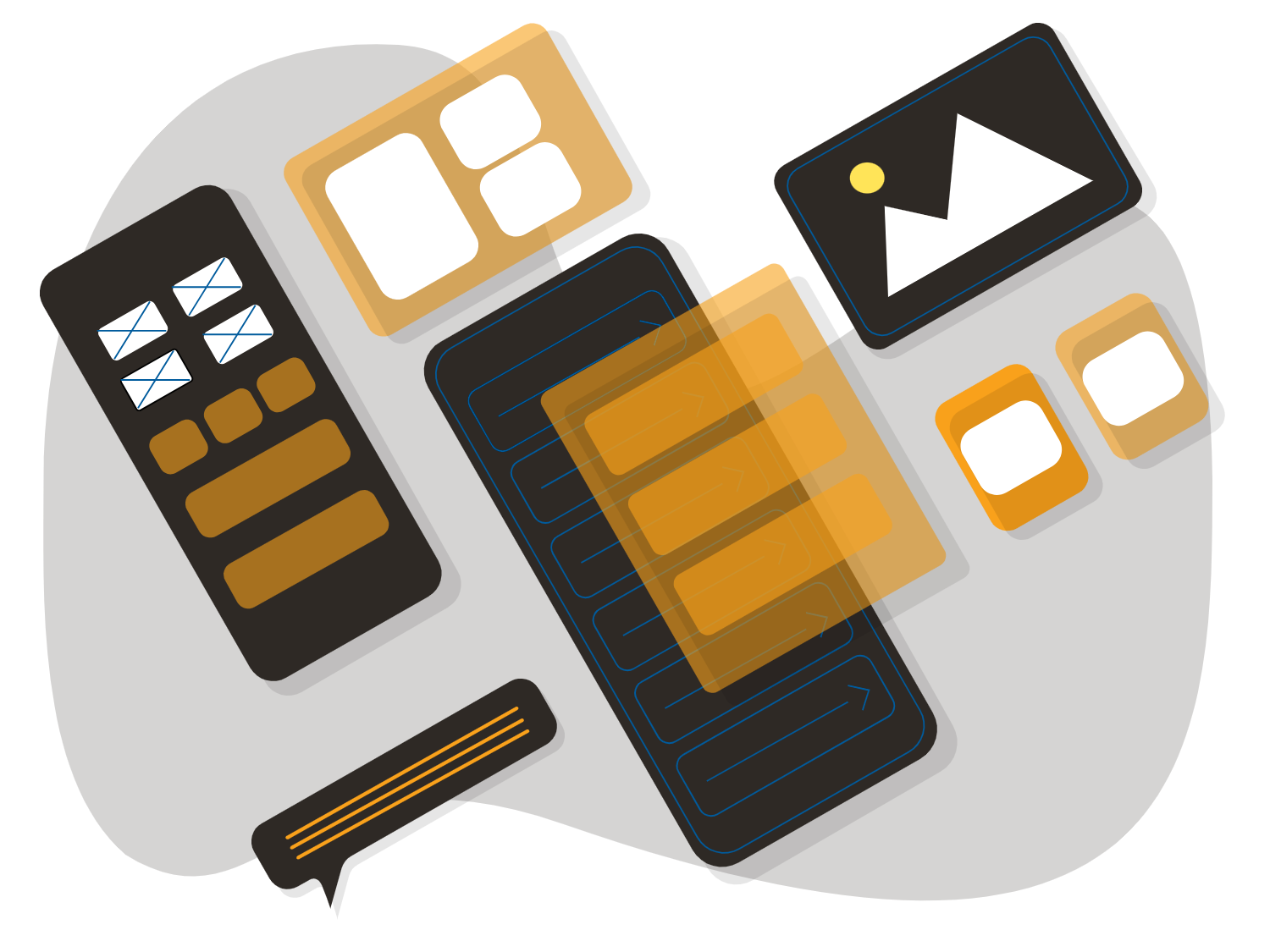

Buying vs Building a PC
Since the beginning of the era of personal computers, there has been the debate of whether it’s better to buy your PC or build one. When it comes to convenience, obviously a prebuilt will win out. But when it comes to getting the best bang for your buck, it’s always best to build your own. For some, this means spending the least amount possible on a barebones machine. For others, it means getting impressive specifications at a great price.
1.) What is the purpose of your machine?
What you plan on doing with your computer will decide what quality of parts must be used, where corners can be cut, and if you should go with a prebuilt computer. What’s the daily usage going to consist of? Is your machine going to be used to browse Facebook, check the news, and occasionally edit Microsoft Office documents? Or are you a hardcore gamer that edits animated video with resource intensive programs? If you only need the bare minimum, Newegg has very affordable desktop computers that, when paired with a Chromebook for mobile usage, would suit basic needs. But even if you do not need a lot of resources to accomplish your daily tasks, it can still be cheaper to build your own machine.
2.) Parts You Will Need to Build a PC
- CPU(Central Processing Unit)
- RAM
- Motherboard
- Power Supply
- Computer Tower(the exterior case)
- Liquid Cooling(high-end) or Cooling Fans
- Network Card
- Storage (SSD or Hard Drives)
- Surge Protector
- USB Card
- Operating System
- Sound Card
- Peripheral Equipment(speakers, mouse, keyboard, monitor)
- Optional Equipment(printers, webcam, modem, external HDD)
- Graphics Processing Unit(for those who need something better than the integrated card that comes with some CPUs/APUs)
3.) What Parts are Best for you?
If you’re going to have an intensive workload for your computer, then it is recommended to have some basic specs to deal with the workload. Hard drives should either be solid state drives, or have 7200 RPM if you need more than a basic machine. A 5400 RPM will be more affordable. RAM should be DDR3, and 4-8 GBs will normally be more than enough. GPUs that are 1GB+ are recommended for gamers, graphic designers, programmers, or those who need to work fast or can pay a premium for better specifications. GPU benchmarks can be used to decide the most powerful cards for the best price. If you don’t want to pay for a GPU, make sure your CPU has an integrated card. CPU benchmarks can be used to decide on the best bang for your buck. Search for deals on Newegg, Fry’s Weekly Deals, and Slickdeals.
4.) Assembling your computer
There are several steps for assembling a computer. You can look for outside professional help, or use this popular online tutorial.
If you have any problems, Google is your best friend. The next step? Enjoy your machine! With a self-built machine you can also upgrade as you need, making sure it never becomes an obsolete computer. Download any antivirus software you may need when you first get it online to prevent any infections from taking hold.



